Media is a major influencer of public perceptions in today’s world. When it comes to the portrayal of wildlife, the media plays an even greater role. It is often the sole medium that exposes us to the wild animals whom we hardly encounter in our everyday lives. Hence, the irresponsible depiction of wildlife by media can completely defile their image before us, often leading to catastrophic consequences.
Wildlife conservationists usually spend decades striving to enhance human-wildlife relations and promote coexistence. However, a viral media post vilifying wildlife can implant fear and hatred for the animals in the hearts of thousands within a matter of days.
Media plays a crucial role in influencing public perception of wildlife.
In India, the country’s culture of conservation has allowed its wildlife to thrive amidst a plethora of challenges. However, in a rapidly evolving 21st-century world, the social acceptance of wild animals sharing space with humans in the country will be tested in multiple ways. And it is here that media can play a vital part; either catalyzing the changes in the right direction or exacerbating human-wildlife conflict by adding fuel to the fire.
What Research Says?
Over the years, some published studies have explored the role of media in shaping public opinion of wildlife. A 2013 paper published in Conservation Biology studied the media’s representation of human-leopard conflict in Mumbai. It mentioned that mass media is largely responsible for public dissemination of information regarding Human-Wildlife conflict (HWC). It has the power to diminish HWC by influencing the masses.
Another study, published in 2018 in Conservation and Society, indicated that the media’s negative framing of wildlife behavior and threats can exaggerate public anxiety about HWC.
A recent article in the Wildlife Society Bulletin inspected the media’s representation of HWC associated with recreators visiting natural and wild places in the United States. The researchers found that a majority of the articles published by the media that were studied by them blamed wildlife for HWC situations. The articles were also framed episodically to evoke emotional responses among the readers creating negative perception of spending time with nature.
Media’s Love For Gory Terms
While framing wildlife in a negative light in most HWC situations, the media also exhibits a great affinity towards the usage of gory terms to grasp the maximum possible attention of their readers and extract the strongest of emotions from them.
While HWC events leading to human casualties are extremely rare compared to the number of people losing their lives to human-human conflicts, such events strike a primeval response in us. The opportunistic media simply harnesses this attitude to its best advantage.
In the coming days, the media’s role in portraying human-wildlife interactions in India will play a major role in deciding the fate of the country’s wildlife.
Time and again, wildlife conservationists have expressed their disapproval of harsh terms to represent HWC. They claim that it leads to unnecessary defamation of wild animals, especially threatened predators, that alienates them from public sympathy. Taking this into consideration, the National Tiger Conservation Authority (NTCA), India’s highest body governing tiger conservation in the country, abolished the usage of the British Raj terminology of “man-eaters” on November 11, 2019. The decision was lauded by conservationists across India.
The Situation Will Only Get Worse
Wildlife conservationists are worried that the next few decades will throw up numerous challenges to the survival of species as an ambitious India develops at a rapid pace. While India has achieved significant success in protecting its wild animals, population management of these animals will become more taxing by the day. The protected areas constitute only a tiny fraction of India’s total land area and are expected to hardly grow in size or increase in number. The wildlife corridors are also getting degraded quickly. Thus, the rising wildlife populations (a result of successful conservation efforts!) will spill over outside the boundaries of secure habitats in greater numbers than the present times, and enter the human-inhabited lands. At the same time, human populations will also multiply and so will their needs for a higher living standard. Climate change-induced adversities will further complicate the situation. It will lead to loss of lives, properties, and livelihoods that will decrease people’s tolerance for wildlife induced damages.
Irresponsible representation of human-wildlife interactions by media will only worsen the situation.
Under such extreme situations, responsible action by the media will become a necessity for India’s wildlife. With increasing literacy rates and technological advancements, it is expected that more and more Indians will receive their dose of information about wildlife from media channels. While conservationists and wildlife biologists are toiling hard to create awareness and gather data to assist wildlife conservation in India, it is ultimately the masses that will decide. The government will always prioritize its vote bank and decisions of the majority will rule!
And the media can shape the public’s decision in a major way!
The Way Forward
From the above, it is clear that the media must learn to be extremely cautious when presenting wildlife to the masses. Today, several journalists and media organizations are doing great work in this direction but those that are not, need to be educated. Leading conservationists of India believe that there are several ways to do so. Familiarization visits for journalists can be arranged so that they receive an in-depth education on wildlife issues. Conservation professionals and managers must devise efficient communication strategies catering to the varying societal and linguistic nature of the media outlets. Correct information and data regarding HWC must be made readily available to journalists for proper representation of facts and figures.
Media must act sensibly and maintain ethics while representing wildlife, which otherwise does not have a voice of its own.
The usefulness of the above strategies is evident from the change in public perception of the leopards of Mumbai. When the “Mumbaikars for SGNP” Project was launched in 2011 by the Forest Department of Sanjay Gandhi National Park, one of its primary goals was to educate the media through workshops to ensure that the leopards of Mumbai were not framed by media as villains attacking people. As part of the project, the media personnel were given the opportunity to interact with the forest department officials, wildlife researchers, and conservationists so that they could learn and understand the true nature of human-leopard interactions in the metropolis. The strategy soon brought a sea of change in the media reporting of human-leopard interactions. Sensible reports with scientifically backed data now became more common. This measure of involving media, as well as other initiatives, worked wonders in unison, and greatly improved the relationship between Mumbaikars and the leopards living with them.
At the end of the day, it must be remembered that unlike humans, wild animals cannot file defamation suits. Thus, individual journalists and media outlets must make the best use of their sense of ethics to present these voiceless beings to the public. Conservationists and animal lovers can only show them the way to do it. Tolerance towards wildlife is one of the key factors that has helped India conserve its wild animals to this day and that in turn ensures a secure and stable future for the coming generations of Indians.
Disclaimer: The views expressed in this article are of the author solely. TheRise.co.in neither endorses nor is responsible for them.
About the author
Dr. Oishimaya Sen Nag is a wildlife conservation storyteller and conservation science communicator. She is also the Senior Editor of WorldAtlas. After completing a PhD in Parkinson’s Disease research, she transitioned into the field of wildlife conservation. She travels across India to collect conservation stories and has written scores of articles on wildlife conservation that has been published in various national and international publications.

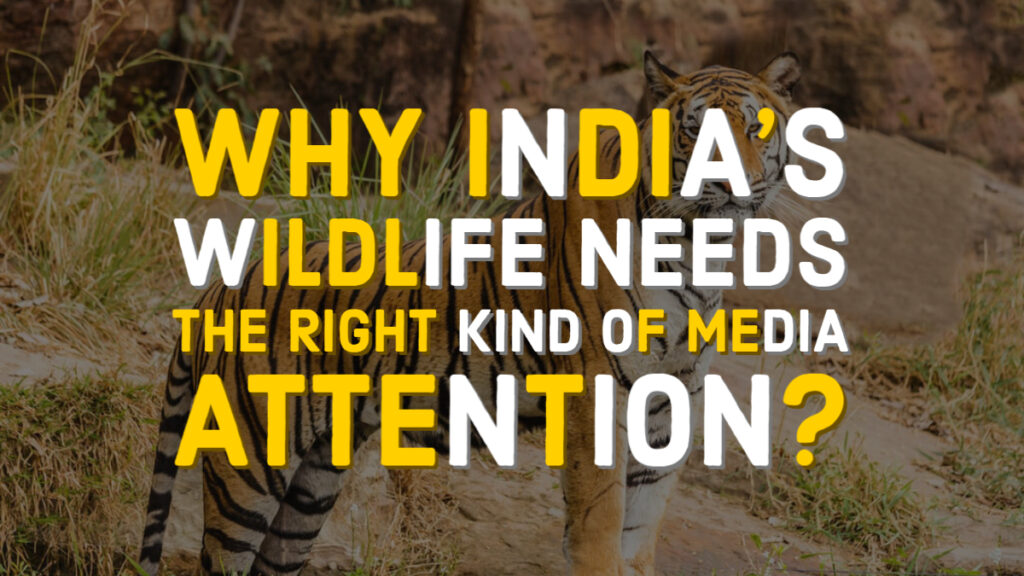

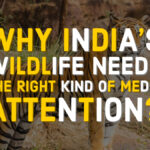


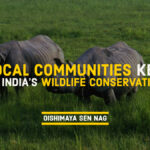

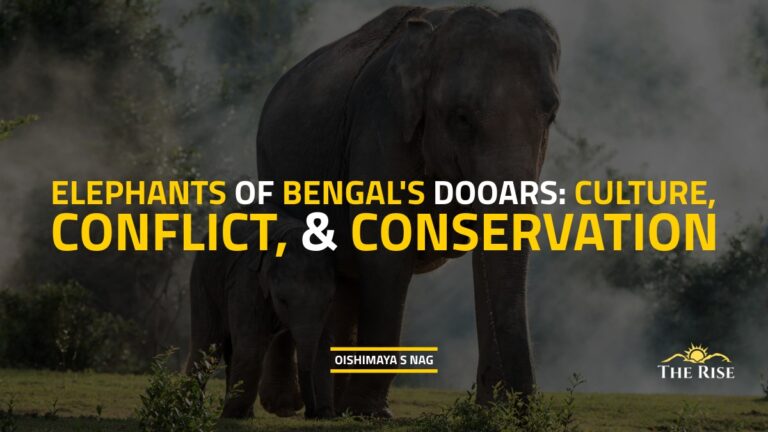
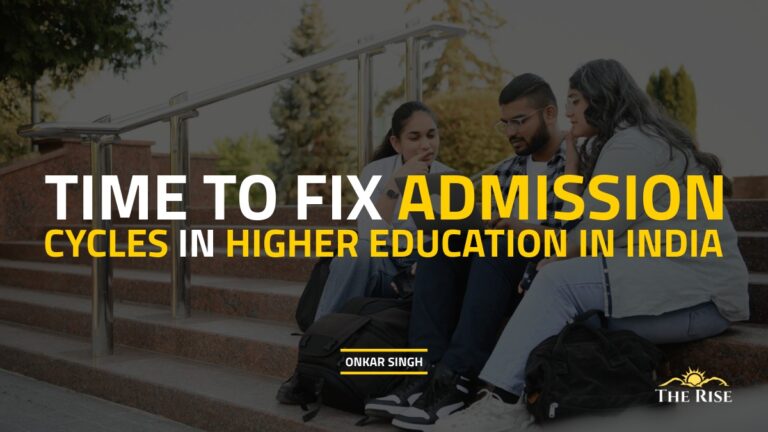

Pingback: The Ignored Disaster of West Bengal - Bhagwangola II - TheRise.co.in
Pingback: Agri Bills: Why are Farmers Protesting even after PM’s assurance?
Pingback: Biological Diversity and Biodiversity Governance in India - TheRise.co.in
Pingback: Save Foresters and Save Forests TheRise.co.in %
Pingback: Protect the Protectors of Indian Ecological Wealth - TheRise.co.in
Pingback: Wildlife Biologists: A Case for Inducting Them for Scientific Management of Forests - TheRise.co.in